Because pain often stems from a variety of confounding factors not solely emerging from physical misalignment or injury, we yogis look toward methods for physical and spiritual, or psychosomatic, healing. I like to approach pain from a place of acceptance and gratitude rather than anger or fear. As the poet Rumi wrote, “The wound is the place where the Light enters you.” Without pain, we have no opportunity to discover the power of healing. Our physical symptoms can be our greatest teachers, serving as a gateway into self-discovery and higher consciousness. If you allow yourself to look deeply, you can choose to not only heal completely, but actually recreate yourself into a better version of you. This process can even be inspiring and fun if you allow it.
Physically, this series focuses on spinal extensions (backbends), which alleviate the tension from excessive forward flexion (forward bending). This is helpful for those who sit or bend forward for extended periods. These poses help draw the mind and body state out of fight-or-flight mode. In modern times, stresses are much more complicated than they were for the primitive man. The survival instinct, however, is still a driving force in our daily lives. In fact, most of us live in this “do or die” state of consciousness most days without realizing it: being late for work, deadlines from a boss, constantly checking e-mails and texts, expectations from a spouse, the pressure to make more money. The list goes on. In this state of constant survival, our shoulders become tight and constricted, and the breath becomes shallow as a protective instinct. The chemistry in the body changes as adrenaline and cortisol, the “stress hormones” pump into the system.
Related: Advice for Practicing Yoga with Back Pain
This sequence is designed to help counter these effects. We stop the worried chatter in the mind by focusing on the breath. We ground and stabilize the feet in the earth to remind us of our safety at this moment. We open our chests and look up to prove to ourselves we are not being “attacked” by the stressors but rather the creators of our reality. In this process we change the chemistry of the body into a state of bliss, releasing serotonin and dopamine—our “happy hormones”. Moving beyond the physical, this sequence also addresses the energy systems, or chakras. The word chakra comes from Sanskrit and means “spinning wheel.” There are seven major chakras throughout the body beginning from the feet, through the base of the spine, and extending through the top of the head. Often, when we have a physical injury, there is a correlative blockage, hindrance, or misalignment of the flow of energy in a particular chakra due to life circumstances. In a fight-or-flight mode, it is very hard to keep the energy moving, or spinning. To heal low back pain, we will be focusing on opening muladhara, the root chakra, and anahata, the heart chakra, both of which are often blocked when there is low back pain. As the energy begins to flow freely into these areas, true healing can occur. Unblocking the chakras is like stepping off a garden hose full of water.
It’s helpful to cultivate a sense of security through grounding and feelings of lightness though expansion. When we feel safe we can grow and heal. If the thinking mind can be quieter, then the feeling body can be accessed, and from this space, change can authentically occur. Allow your center of consciousness to move down out of the head and into the heart space.
Make sure to take several long deep breaths in each pose and focus on clearing your mind. Repeat the opposite side of each pose.
Mountain Pose with Cactus Arms
Come to standing. Pause your mind and ground your legs. Gently root the feet. Lift the arms to make the shape of a cactus. Spread all of the fingers and activate the entire arm. Begin to lean the chest up to the sky. Feel the simultaneous grounding of the feet and rising of the chest in opposing action.
Tree Pose
Press one foot into the inner thigh of the standing leg. Reach for opposite elbows behind the back and draw the shoulder blades together. Look slightly up as you stretch the front of the shoulders.
Bound Warrior III

Balance thoughtfully on one leg with the hands interlaced behind the back. Square the hips. Lift the back leg, the chest, and the arms as high as possible.
Related: A Core-Strengthening Yoga Sequence
High Humble Warrior 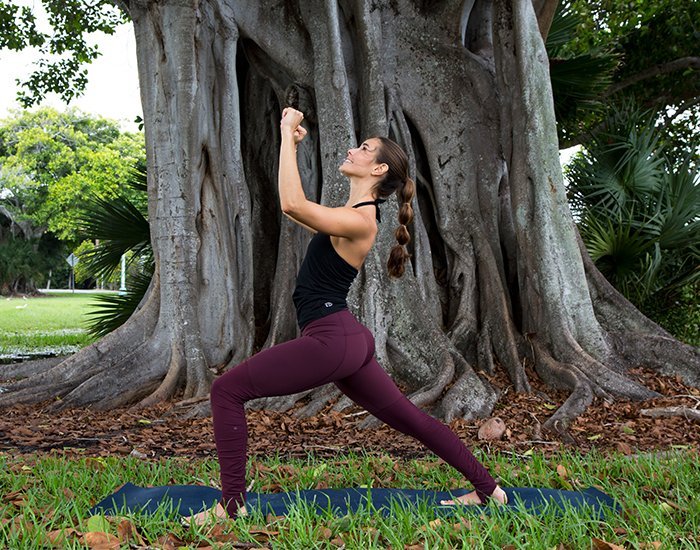
Transition gracefully into a high lunge with the back foot at a forty-five degree angle while keeping the hands interlaced behind the back. Keep lifting the arms and arch the back.
Plank
Make your body tense like a board and activate your core. Tap into your strength. Press through the top of the head and out of the heels at the same time.
Cat-Cow
 As you exhale, round the spine to the sky and press the ground away.
As you exhale, round the spine to the sky and press the ground away.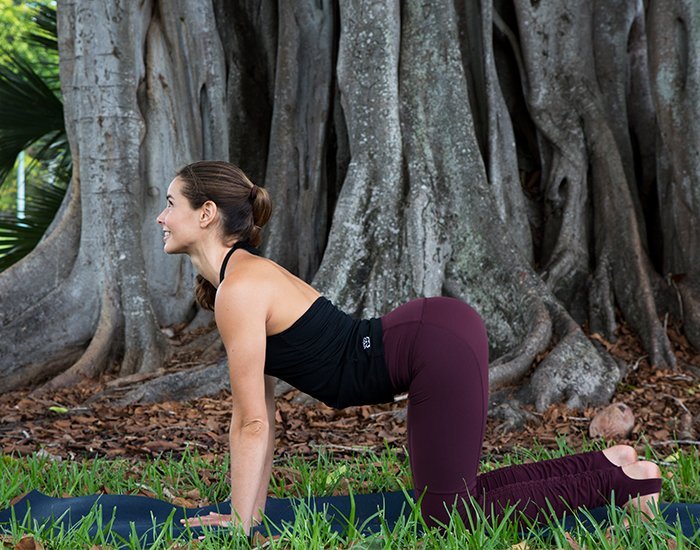 As you inhale, arch the belly down while drawing the shoulder blades together. Repeat several rounds.
As you inhale, arch the belly down while drawing the shoulder blades together. Repeat several rounds.
Camel
 Place the knees hip-width distance apart. Connect the hands to the low back in support as the chest and chin gently reach toward the sky.
Place the knees hip-width distance apart. Connect the hands to the low back in support as the chest and chin gently reach toward the sky.
Related: A Yoga Sequence to Balance the Body
Downward Dog
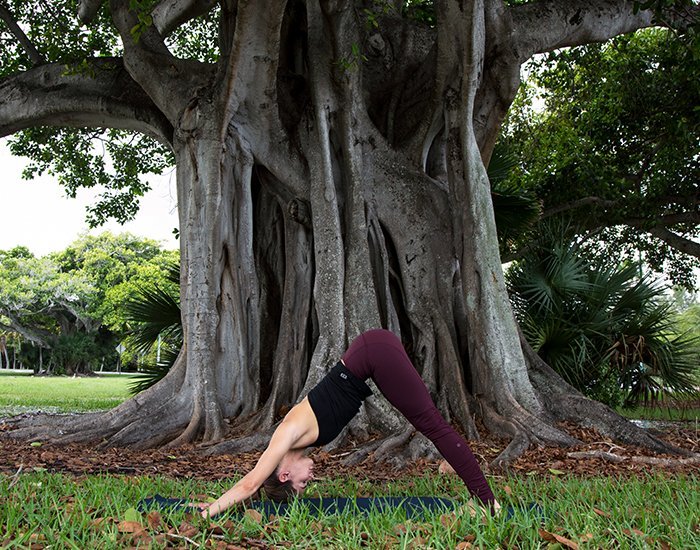 Come to all fours and tuck the toes. Plant the hands and feet as the tail presses to the sky. The chest draws to the thighs while the heels press towards the ground.
Come to all fours and tuck the toes. Plant the hands and feet as the tail presses to the sky. The chest draws to the thighs while the heels press towards the ground.
Upward Facing Dog 
Stack the shoulders over the wrists and press into the ground. Draw the chest forward and shoulders away from the ears. Allow the kneecaps to hover.
Sphinx Pose with Lion’s Breath
 The forearms rest on the ground while the chest draws forward. Stretch the jaw by opening the mouth and extending the tongue. Consciously release stress.
The forearms rest on the ground while the chest draws forward. Stretch the jaw by opening the mouth and extending the tongue. Consciously release stress.
Seated Cat-Cow
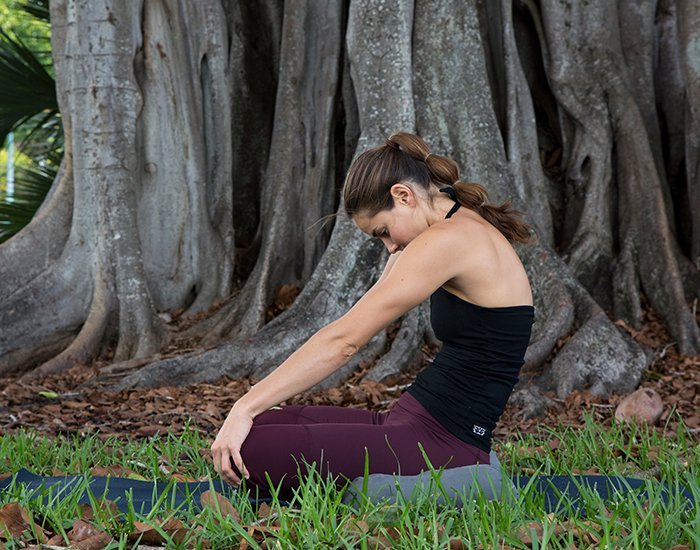 Sit on a bolster or a pillow in order to elevate the hips above the knees. As you exhale, round your spine.
Sit on a bolster or a pillow in order to elevate the hips above the knees. As you exhale, round your spine.
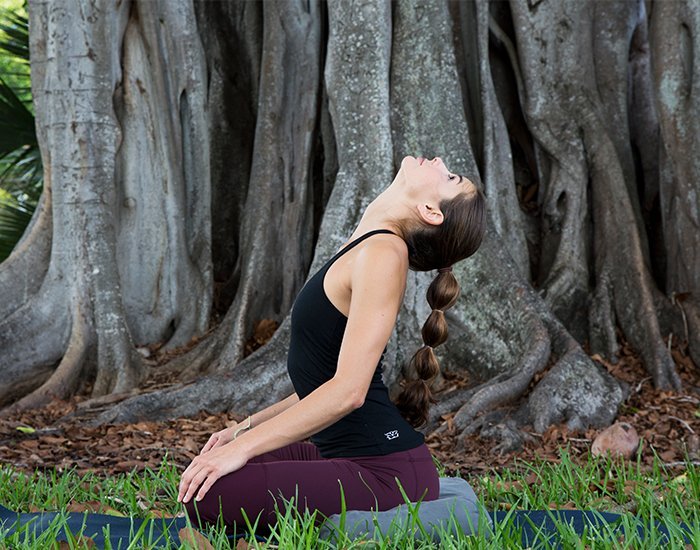 Inhale, arch your back and look to the sky. Therapeutically repeat several rounds in both directions.
Inhale, arch your back and look to the sky. Therapeutically repeat several rounds in both directions.
Seated Meditation
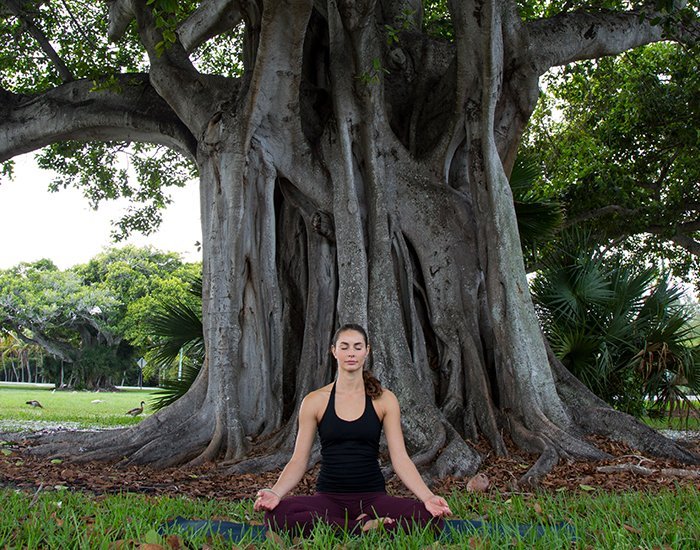 Arrive in a comfortable seat with a long neutral spine. Allow the mind to observe as you draw inward in stillness. Allow yourself to smile as you pause in refection.
Arrive in a comfortable seat with a long neutral spine. Allow the mind to observe as you draw inward in stillness. Allow yourself to smile as you pause in refection.
All of these poses can be repeated separately many times throughout the day. Notice what happens as you increase the repetitions. Observe the shifts in your mind as your body begins to heal.
Photos by Agathe Padovani


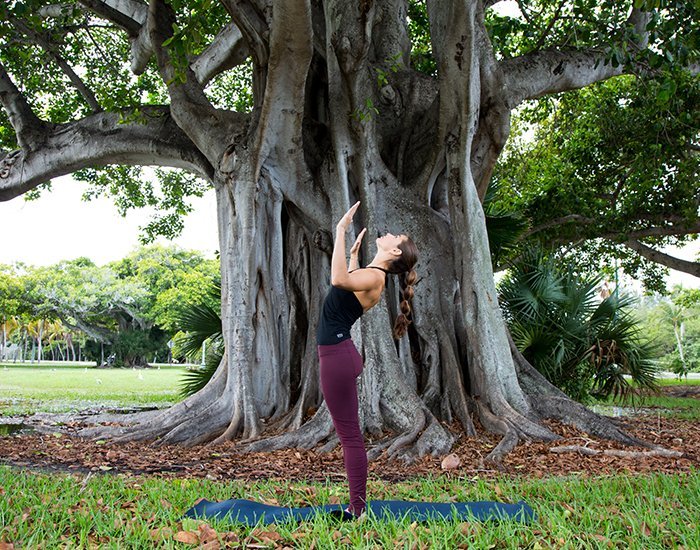
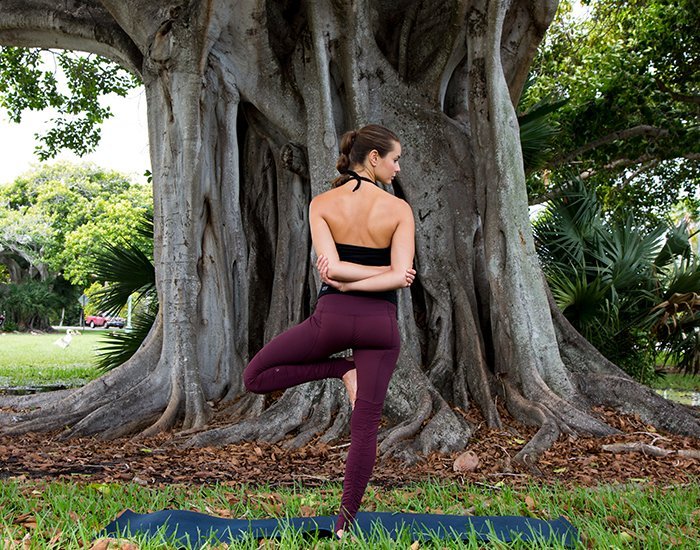

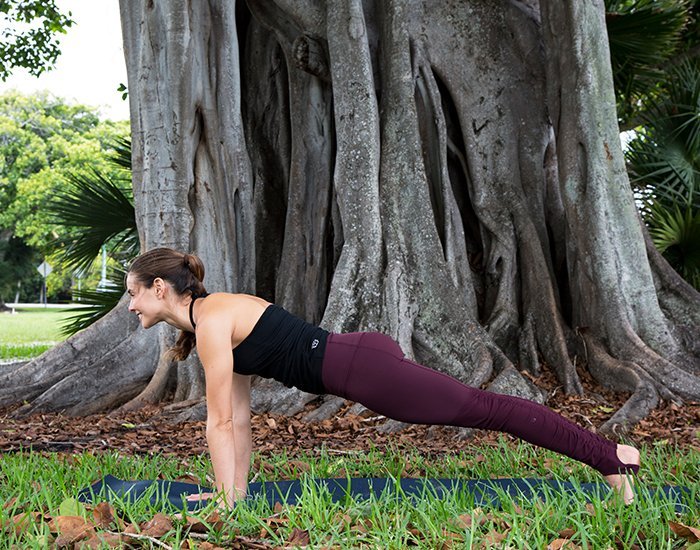


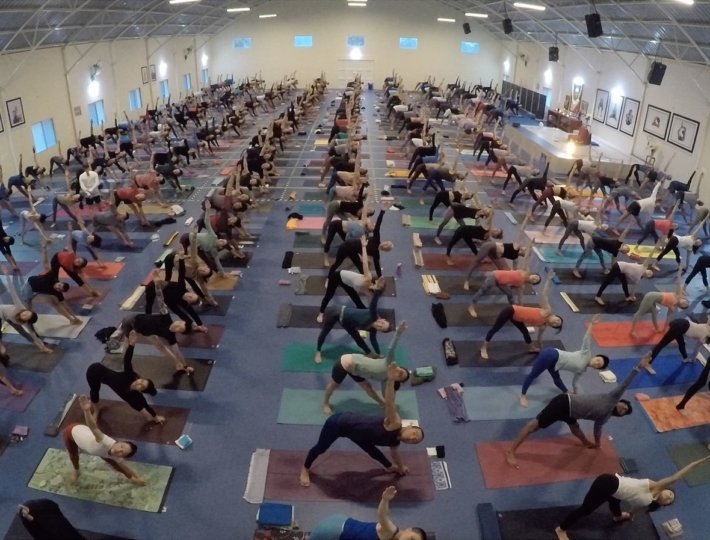



Comments (0)